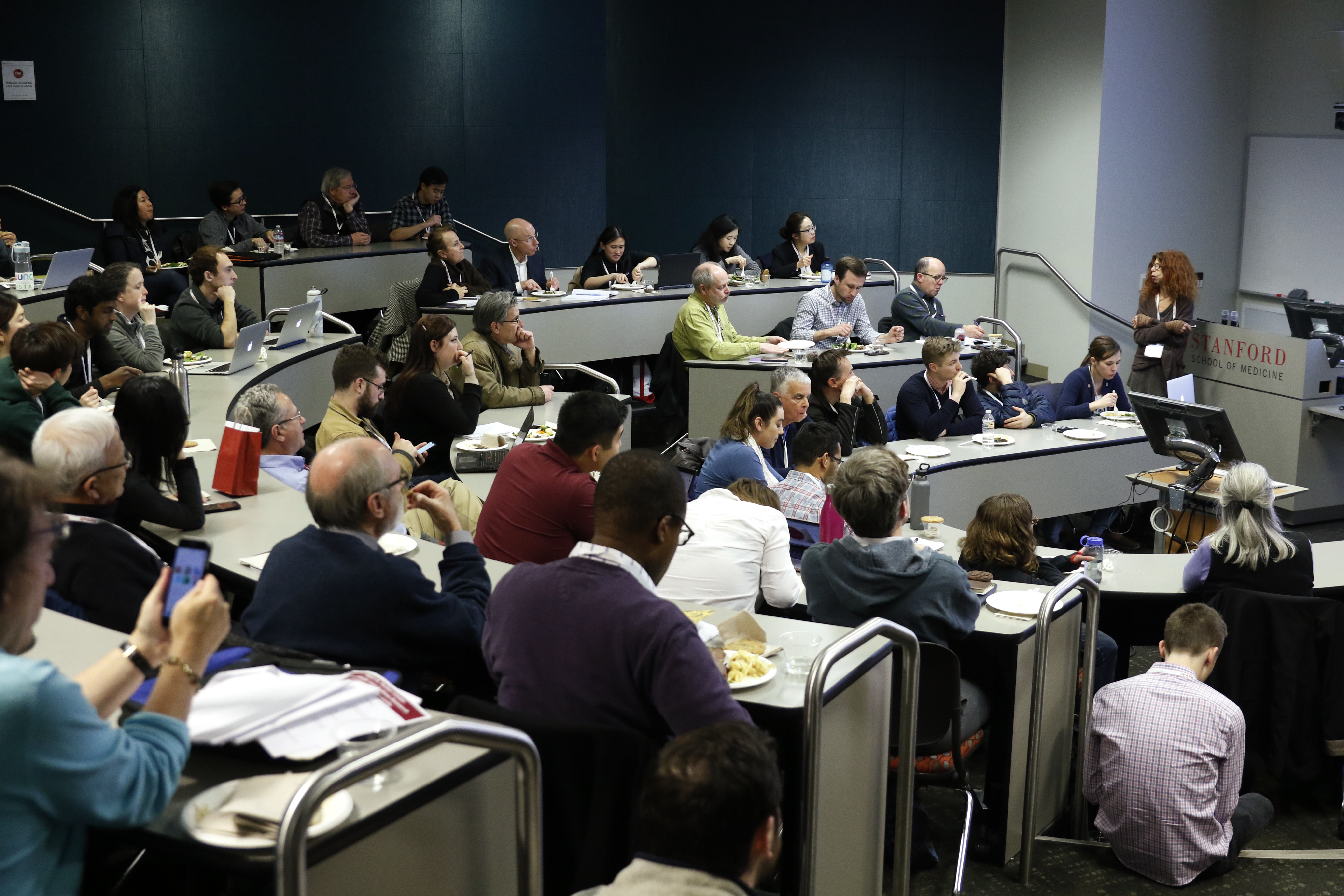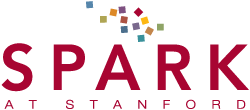Bridging The Gap

How does SPARK achieve a 62% success rate?
March 11, 2020
The SPARK program is a unique approach to addressing the challenge of bridging the gap between academic discoveries and development of therapies for patients. At the heart of the innovative model is the partnership between an academic program and individual experts from the industry.
SPARK’s goal is to move five to ten new discoveries each year to the clinic and/or commercial development. As of 2019, 117 projects have graduated from the program, of which 43 were licensed to startup companies, 13 licensed to existing companies, and 17 were in clinical trials. This amounts to a success rate of 62%, well above industry’s success rate of 5-10%.
In a 2017 case study in Drug Discovery Today, MIT researchers reviewed SPARK’s structure, function and operation to understand the factors behind the program that make it successful.
As the review discusses, translating biomedical discoveries into products is challenging and often unsuccessful. 80-90% of biomedical research projects never get into clinical trials. Discoveries need to cross the so-called “valley of death” – the period when “a developing technology is seen as promising but is too new to validate its commercial potential and unable to attract the necessary funding for its continued development.”
Investors are wary of risk-taking, and reluctant to fund discoveries to get them across the valley of death. However, academics are not constrained by risks, and academia often rewards risk-taking.
Instead of keeping academics and industry in silos that prevent interactions to bridge the valley of death, the authors recommend an “evolving hybrid discovery model” that could mitigate risks and increase productivity. SPARK is one of these.
SPARK was founded by Daria Mochly-Rosen in 2006. After her attempts to develop a cardiac drug were met with skepticism from the industry, she founded a company, KAI Pharmaceuticals, to develop the drug. Mochly-Rosen took her experience and created a program to provide training, mentorship and support to academic researchers to develop therapeutic discoveries.
“One of the most important keys to SPARK’s success is the advisor network.” Over 100 advisors from the community are actively involved in the program. They bring with them various areas of expertise, including medicinal chemistry, financing and venture capital, business development, clinical trial design, or a specific therapeutic area.
An important point to note is the advisers provide their support voluntarily, without compensation and without representing their companies or affiliations. They do so on their own time, providing their vast and diverse knowledge to SPARK scholars. Advisors have no rights or ownership to any intellectual property arising from SPARK project.
As the case study authors write, SPARK advisors “remain involved with the program because they see value in SPARK’s model and mission.”
SPARK selects ~15 projects each year through a rigorous selection process, which remain in the program for two years. During this time each project receives modest annual funding of $50,000. To be selected, projects must address an unmet need, use a novel approach and have the potential to advance to clinical testing or licensing within 2-3 years with SPARK support.
Another major factor in SPARK’s success rate is the program’s collaborative culture. SPARK scholars are required to attend weekly meetings that include lectures from industry experts and project updates. Advisors attend these meetings and regularly chime in with thought-provoking questions or suggestions for scholars.
One key to success is SPARK’s training to think using a translational approach, or to “keep the end in mind.” Scholars are taught to focus on the patient – identify a clear unmet need and understand the problem in tandem with product development. Project management tools like target product profiles and timelines help scholars identify key milestones, endpoints and decision points. As the review points out, projects are generally successful when scientists can identify a strong medical need and have a clear or identifiable pathway to patients.
SPARK also has the “ability to tap into the medical school’s resources, providing academic researchers with access to clinicians to better understand the clinical implications of their research.”
The authors were on the mark when they suggested that the program provides a “template for other universities and institutions interested in de-risking and facilitating the translation of biomedical research.” SPARK GLOBAL is already operating in over 60 institutions in 23 countries. Through this model, we can “get more life-saving therapies into the hands of doctors and patients sooner.”
